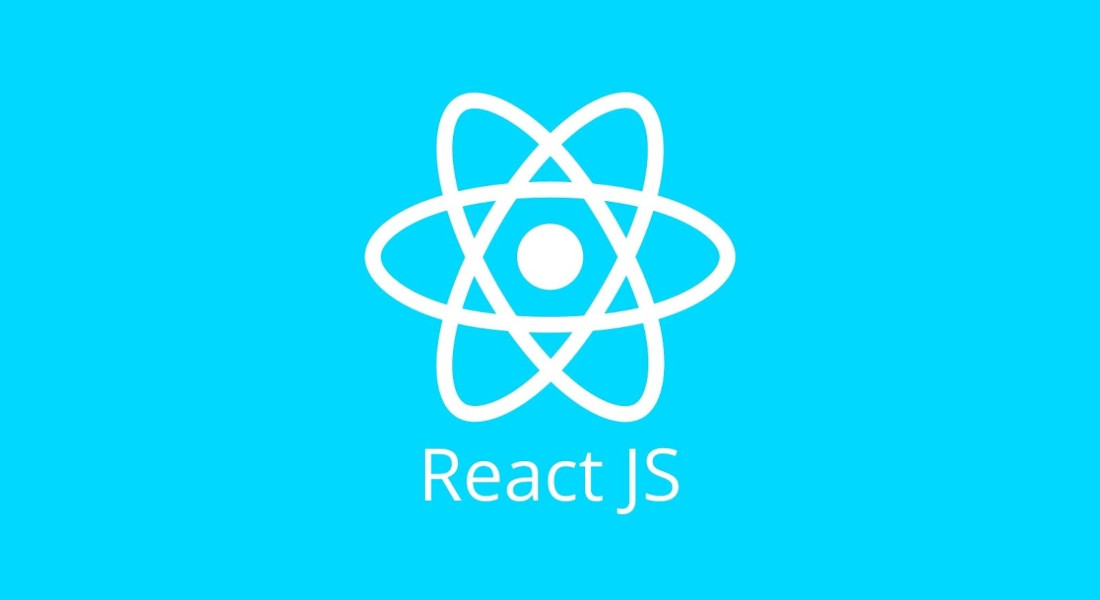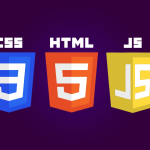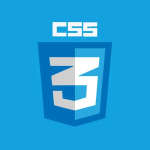Introduction
In today’s fast-paced web development world, React.js stands as one of the most powerful and widely adopted JavaScript libraries. Developed by Meta (formerly Facebook), React has revolutionized how developers build dynamic and interactive user interfaces. Its component-based structure, reusability, and virtual DOM make it the go-to choice for modern web applications.
Whether you are building a small portfolio or a large-scale enterprise solution, React offers unmatched flexibility and performance. This blog explores what makes React special, how it works, and why developers love using it.
Table of Contents
What is React.js?
React.js is an open-source JavaScript library designed for building fast, scalable, and maintainable front-end interfaces. It focuses mainly on the view layer (UI) of web applications and enables developers to create reusable components that can manage their own state.
React follows a declarative programming model, which means developers describe what the UI should look like, and React takes care of efficiently updating and rendering the components when data changes.
Key Features of React include:
- Component-Based Architecture: UI is divided into small, reusable components that make code organized and scalable.
- Virtual DOM: React updates only the parts of the UI that change, improving performance.
- Unidirectional Data Flow: Ensures predictable data management, reducing complexity.
- JSX (JavaScript XML): Allows developers to write HTML within JavaScript, improving readability and maintainability.
Why React.js is So Popular
React’s popularity is not accidental. It has become the foundation for major platforms like Instagram, Netflix, Airbnb, and Uber due to its efficiency and modularity.
Here are a few reasons why React continues to dominate front-end development:
- Speed and Performance: The Virtual DOM minimizes direct manipulation of the real DOM, resulting in faster updates.
- Reusability: Components can be reused across multiple parts of an app, reducing development time.
- Large Ecosystem: With tools like React Router, Redux, and Next.js, developers can build robust single-page and server-rendered applications easily.
- Strong Community Support: React has an active open-source community providing countless tutorials, libraries, and updates.
- Easy to Learn: If you already know JavaScript, picking up React is relatively simple.
React in Real-World Applications
React is not limited to websites it powers mobile apps, desktop software, and even VR experiences through frameworks like:
- React Native (for iOS and Android apps)
- Electron + React (for desktop applications)
- React 360 (for VR experiences)
This versatility makes React a universal solution for cross-platform development.
SEO and Performance with React
One challenge React developers often face is SEO optimization, as traditional single-page applications (SPAs) can be harder for search engines to crawl. However, tools like Next.js and Gatsby have solved this issue by providing server-side rendering (SSR) and static site generation (SSG), making React applications both fast and SEO-friendly.
For example, Next.js enables developers to pre-render pages and improve loading speed and search visibility.
Getting Started with React
If you’re new to React, here’s how to begin:
- Install Node.js – React uses npm or yarn for dependency management.
- Create a New App: Run
npx create-react-app my-app cd my-app npm start - Start Building Components: Create functional or class components and begin building your UI.
- Learn React Hooks: Hooks like
useStateanduseEffectsimplify state and lifecycle management. - Explore Routing and State Management: Use libraries such as React Router and Redux Toolkit for complex applications.
Best Practices for React Development
To ensure clean, maintainable, and high-performance code, follow these best practices:
- Keep components small and focused on a single responsibility.
- Use functional components and hooks instead of class components.
- Maintain proper file structure and naming conventions.
- Use PropTypes or TypeScript for type checking.
- Optimize performance with React.memo and lazy loading.
Conclusion
React.js has transformed the way we build web applications by combining speed, modularity, and developer efficiency. Its ability to create rich, dynamic, and maintainable user interfaces makes it the preferred choice for both startups and enterprises.
If you’re a beginner or a professional developer, learning React opens doors to countless opportunities in front-end and full-stack development.
Also Check Express.js – Heart of Modern Web Development – 2025











1 thought on “React.js – Ultimate Power Behind Modern Web – 2025”